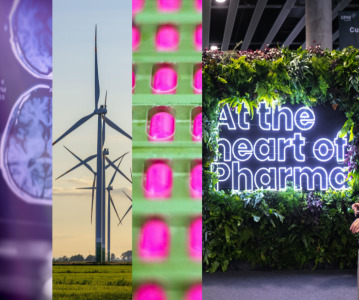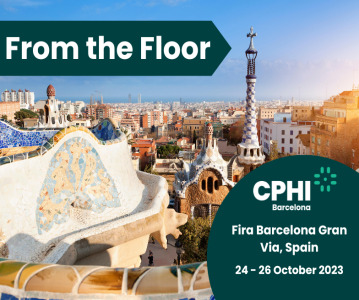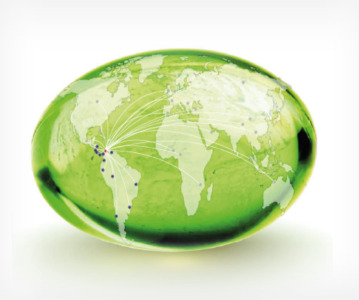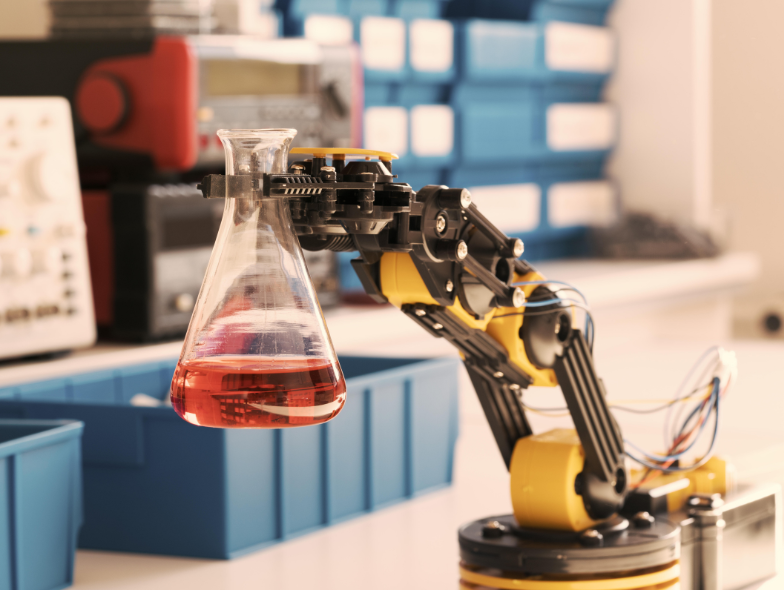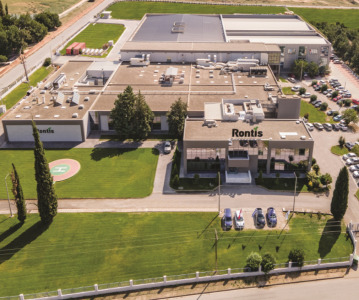As the pharma packaging world becomes more personalized, what does it mean?
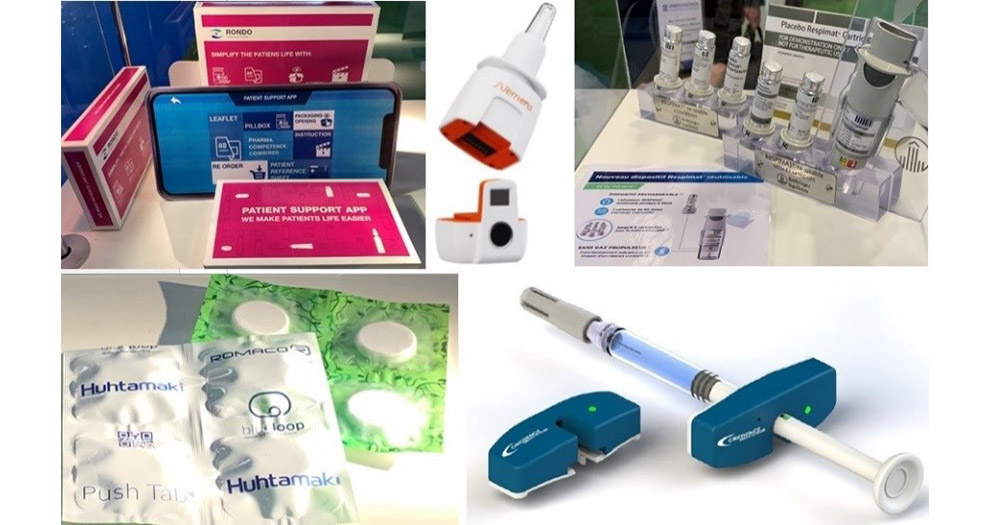
With a value of more than $1,000 billion in 2019 and enjoying a 5% increase during that year, the global pharmaceutical sector is in good health. But it is also a moving universe, in which both the digital and design revolutions have changed the game over the last ten years. What are the drivers?
Dr. Pascale Gauthier
Pharmacist, PhD, Faculty of Pharmacy Clermont-Ferrand, Auvergne University
First of all, it should not be forgotten that this medical world is a really particular one, highly regulated with the real user, the patient placed at the end of the chain. What is more, there is a large age range of patients, from babies and children to adults and the elderly. While the ‘Z generation’ are growing up with the internet as an essential tool, this is largely not the case for elderly patients, the largest consumers of medicines. In all cases, dosage forms need to be studied and adapted; after all, the efficiency of a drug form depends on it being correctly administered.
This is directly in relation to compliance, acting in concordance with advice (given by the prescriber), that remains passive and episodic (a huge issue with more than 50% with chronic diseases not complying, according to World Health Organisation studies). Adherence, an increasingly used term, refers to the persistence a patient sticks to a therapeutic regimen, and remains active and continuous. Each patient remains the sole actor of the treatment, which should be easily accepted and followed. Functional design, which arrived in the mid-2000’s, has improved ease of use, and encouraged patients to use medicines, in direct relation with compliance. Packaging is now fully established as a real partner of the drug form. After early drug packaging -- which merely contained and protected the product -- came anti-counterfeiting packaging. And now we have arrived at the era of smart packaging that should be combined with new treatment approaches and new drug forms.
Over the next ten years, immunotherapy, genetical medicine and use of Car T-cells, regenerative medicine, microbiota, and artificial intelligence will be seen as numerous new therapeutic challenges. Understanding treatments and using them correctly, as well as reconstitution or self-administration, are all new regular systems, so the pharmaceutical industry should adapt drug forms that follow these new requirements, as well as embrace a sustainable approach, another unavoidable obligation.


For example, Credence Medsystems, whose Credence Companion® Safety Syringe System won the Innovation Award at Pharmapack Europe in 2015, is going one step further with Credence Connect™, an auto-Sensing injection System which boasts automatic real-time monitoring of critical injection data into a reusable ergonomic finger grip.
Another example, mixing the ‘more with less’ is the electronic nasal spray Safe’n Spray™ device (locking, monitoring) that provides a unique possibility to reuse.
A sustainable option is Boehringer Ingelheim’s Respimat® re-usable inhaler device, which won the 2020 Pharmapack Eco-Design Award, and can be used with up to six cartridges (reducing up to 73% plastic waste) that fully maintains quality and spray performance.
The ‘less is better‘ is again evident in Huhtamaki’s Push Tab® packaging, an innovative child-safe alternative for opening strip packaging, which won the 2020 Pharmapack Best Innovation in Primary Packaging Award.
Push Tab® is made from recyclable polyolefin laminate, a material completely without PVC, and makes it easy to remove tablets simply by applying pressure.
And the Rondo Augmented Reality App is a digitally integrated smart packaging solution which proves to be a gateway to bundled valuable information about medication, great for simplifying the patient’s life.
So there are numerous systems which offer a good combination of technical innovation and personalization that should be the winning team in this new generation of drug packaging, which ultimately should allow for a rethinking of the patient’s place and role in the care process, for sure an exciting story to follow.
Related News
-
News 5 big pharma companies agree to decarbonise operations in China
Following extensive talks, leading pharmaceutical companies sign an agreement to work with renewable energy companies to decarbonise their manufacturing supply chains in China and switch to renewables. -
News CPHI Podcast Series: The 2023 Retro – what have we learnt from the past year in pharma?
Welcome to the last episode of 2023! Digital Editor Lucy Chard is joined by her teammates in a special retrospective episode to close out the year. Guests Vivian Xie, Editor for CPHI Online and Tara Dougal, Content Director for Pharma, discuss their hi... -
News Pharmaceutical industry supports COP28 health stance in joint statement
As COP28 takes place over this week in Dubai, UAE, several bodies in the pharmaceutical and health industries have come together to announce support of key movements in sustainability in the sector, and to recognise sustainability as a health issue.&nb... -
News CPHI Barcelona 2023 – From the Floor
It's that time of year again - the biggest pharma event of the year comes to Spain this October for CPHI Barcelona 2023. Follow our Editors Vivian Xie and Lucy Chard as they worked their way through the conference, bringing highlights from content ... -
News CPHI Barcelona Annual Report illuminates industry trends for 2024
The CPHI Annual Survey comes into it’s 7th year to report on the predicted trends for 2024. Over 250 pharma executives were asked 35 questions, with their answers informing the industry landscape for the next year, spanning all major pharma marke... -
News CPHI Barcelona Sustainability Partner Interview – Procaps' improvement through innovation
Procaps, developer of pharmaceutical and nutraceutical solutions, medicines, and hospital supplies that reach more than 50 countries in all five continents, has partnered with CPHI Barcelona to support sustainability initiatives, to be highlighted at t... -
News The future of robotics in pharma: drug discovery to manufacturing
Robotics are starting to play a key role in the discovery and manufacturing of health and drug products, with numerous benefits, from cost reduction to increased sustainability, but there are challenges as well. -
News CPHI Barcelona Sustainability Partner Interview – Rontis' mindful management
Rontis Corporation, a leading supplier in the healthcare industry worldwide, has partnered with CPHI Barcelona to support sustainability initiatives, to be highlighted at the CPHI Worldwide event in Barcelona in October 2023.
Position your company at the heart of the global Pharma industry with a CPHI Online membership
-
Your products and solutions visible to thousands of visitors within the largest Pharma marketplace
-
Generate high-quality, engaged leads for your business, all year round
-
Promote your business as the industry’s thought-leader by hosting your reports, brochures and videos within your profile
-
Your company’s profile boosted at all participating CPHI events
-
An easy-to-use platform with a detailed dashboard showing your leads and performance

